Saudi Arabia, a nation rich in oil and heritage, is beginning to reframe itself as a patron of architecture. In line with several monumental projects, the Kingdom is investing heavily in infrastructure, kickstarting economic diversification and global relevance. One such project is a symbol of ambition, a singular silhouette, emerging at the edge of the Red Sea. A megatall skyscraper in the city of Jeddah, Saudi Arabia, is a part of the larger Jeddah Economic City plan. Jeddah is the country’s most vital link to worldwide trade via sea channels, making it economically significant.
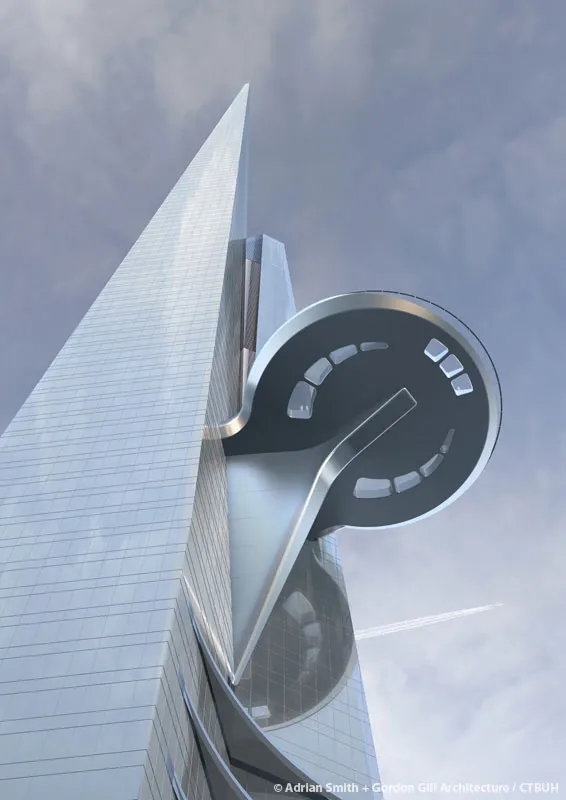
Designed by a Chicago-based practice, Adrian Smith + Gordon Gill Architecture, it’s intended to surpass 1,000 meters. It is a new pinnacle of human vision: a vision to achieve the title of World’s Tallest Building, surpassing the 830-metre-tall Burj Khalifa, which is the world’s current tallest building. The construction cost of the Jeddah Kingdom Tower will be around $1.2 billion and will include a hotel, luxury condominiums, office space, serviced apartments, and is anticipated to feature the highest observatory in the world.
After a long pause, construction of the tower resumed in 2023. The plan experienced numerous delays, including a suspension in 2018 and additional obstacles due to the COVID-19 pandemic. Furthermore, the first contractor was replaced during Saudi Arabia’s purge from 2017 to 2019.
The Design Language
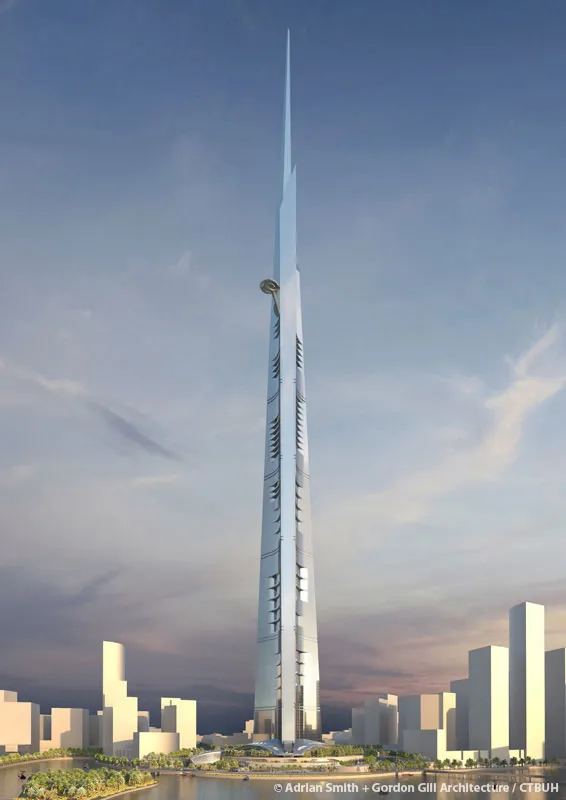
The design for the Jeddah Kingdom Tower is technologically advanced and organic. The tower seems like a bunch of leaves coming up from the ground because of its thin, slightly uneven massing. This depicts the tower as a catalyst for additional construction surrounding it. Although the design is unique to Saudi Arabia, it also represents the evolution and advancement of skyscrapers. The tapering wings produce an aerodynamic design that reduces structural loading from wind vortex shedding, while the three-petal footprint is ideal for residential units. Design of the tower honours its architectural heritage by fully utilising the tried-and-true design and technology techniques of its ancestry, honing and expanding them to reach new heights.
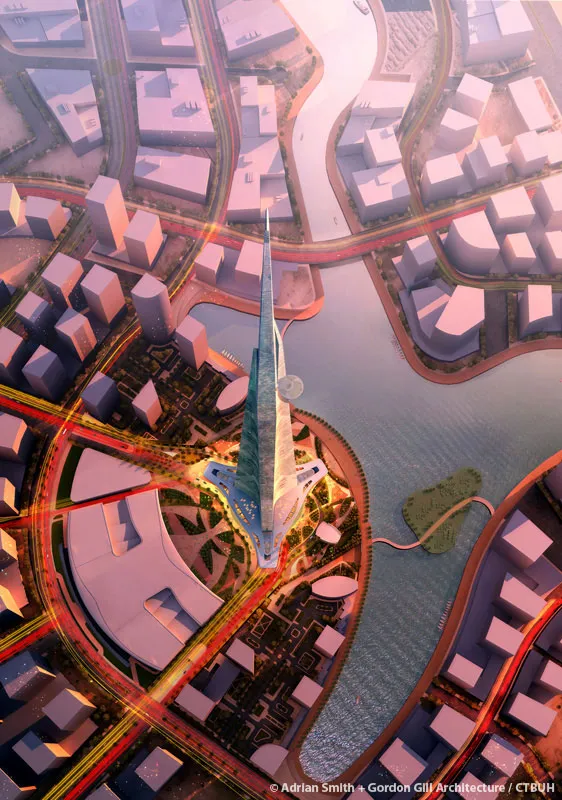
Using new and creative construction materials, life-cycle concerns, and energy conservation, the result is an economical design that is firmly rooted in built heritage and fiercely forward-looking. By lowering thermal loads, the project’s high-performance external wall system, for instance, will use less energy. The three sides of Jeddah Tower also have several notches, producing pockets of shade that in turn protect certain parts of the structure from the sun and offer terraces outside with breathtaking views of Jeddah and the Red Sea.
Concrete: Relying on Local Roots
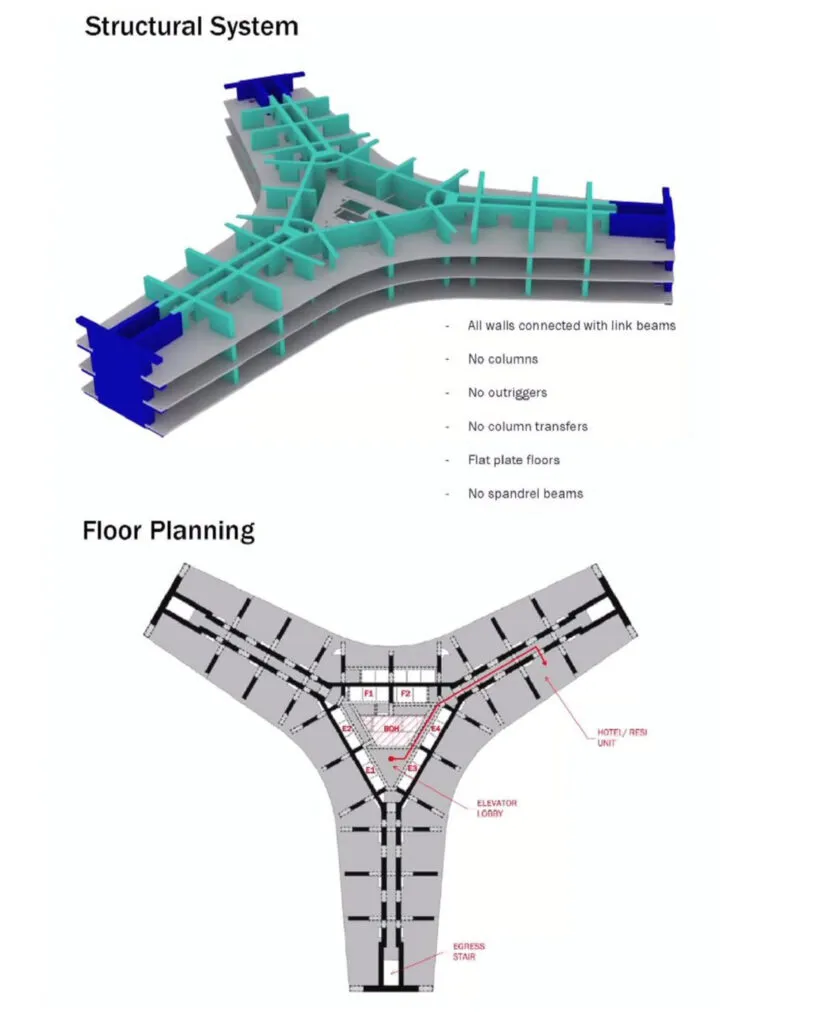
The Jeddah Kingdom Tower, which is being built using native Saudi Arabian technology, exemplifies the Middle East’s reliance on concrete. They succeeded in doing so by using an effective, concrete-based approach that makes use of concrete strengths.
The structural system is designed with pure simplicity, without columns, outriggers, floor beams, spandrel beams, or vertical transfers. All of the walls are connected, and every structural component withstands both wind and gravity loads. It was especially made to be constructed fast and effectively. The weight of all that height is sustained below by a large concrete foundation system, which consists of 270 drilled piles that reach depths of up to 105 meters and are supported by a raft foundation that is 5 meters thick and has a diameter of 1.8 meters.
A Vertical Vision
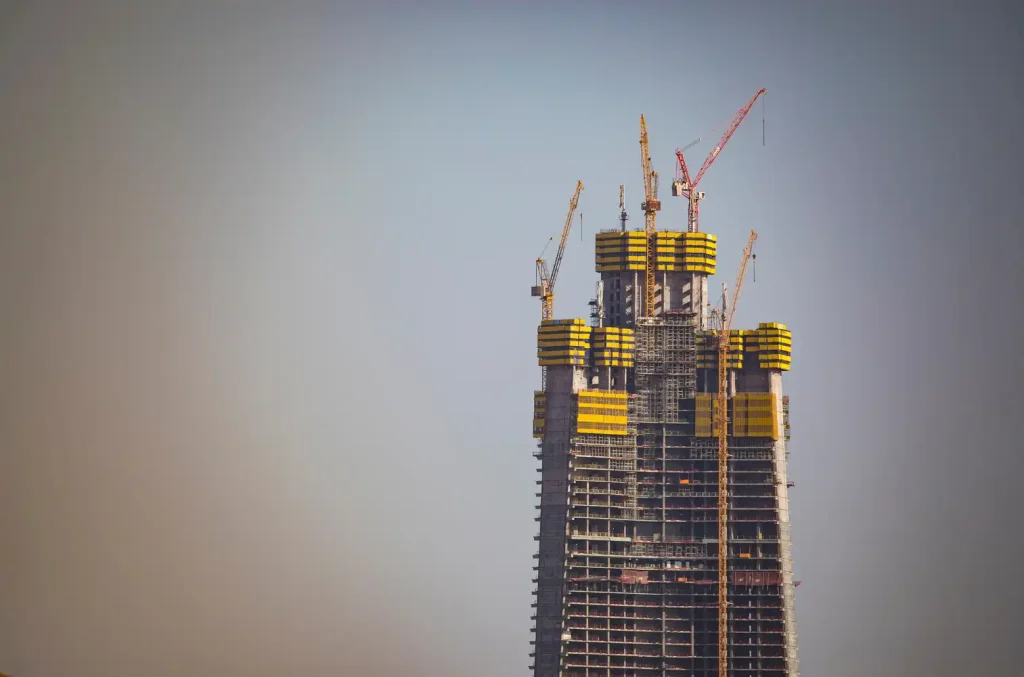
The Jeddah Kingdom Tower requires one of the most advanced lift systems in the world due to its enormous height. Multiple escalators and elevators will be part of the complex, including both single-deck and double-deck elevators.
A sky terrace at level 157, about 30 meters in diameter, is another distinctive element of the design. When it opens to the public, the sky terrace will be regarded as the highest observatory in the world.
Jeddah Kingdom Tower: The Tower That Touches the Future
Jeddah Kingdom Tower is set to become more than just a record-breaking structure. It represents Saudi Arabia’s entry into a new era, one that combines ambition and design. It redefines what it means for a country to develop for the future as it soars into the clouds.
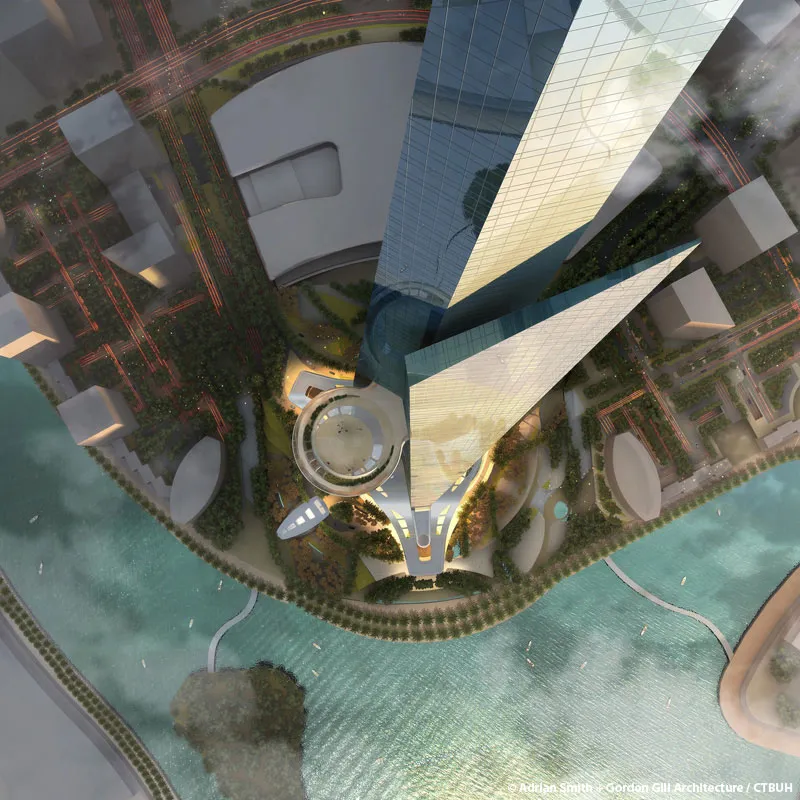


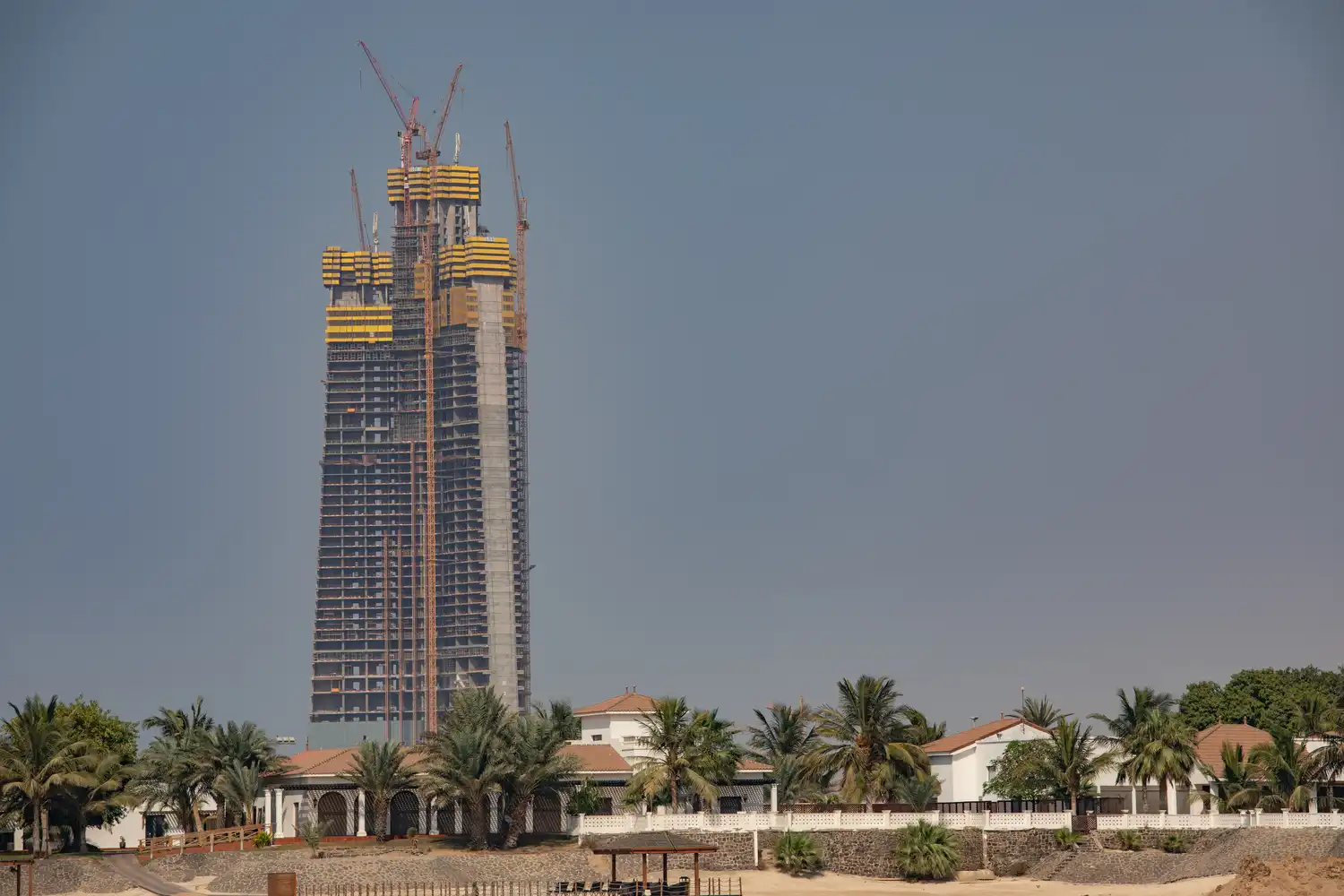













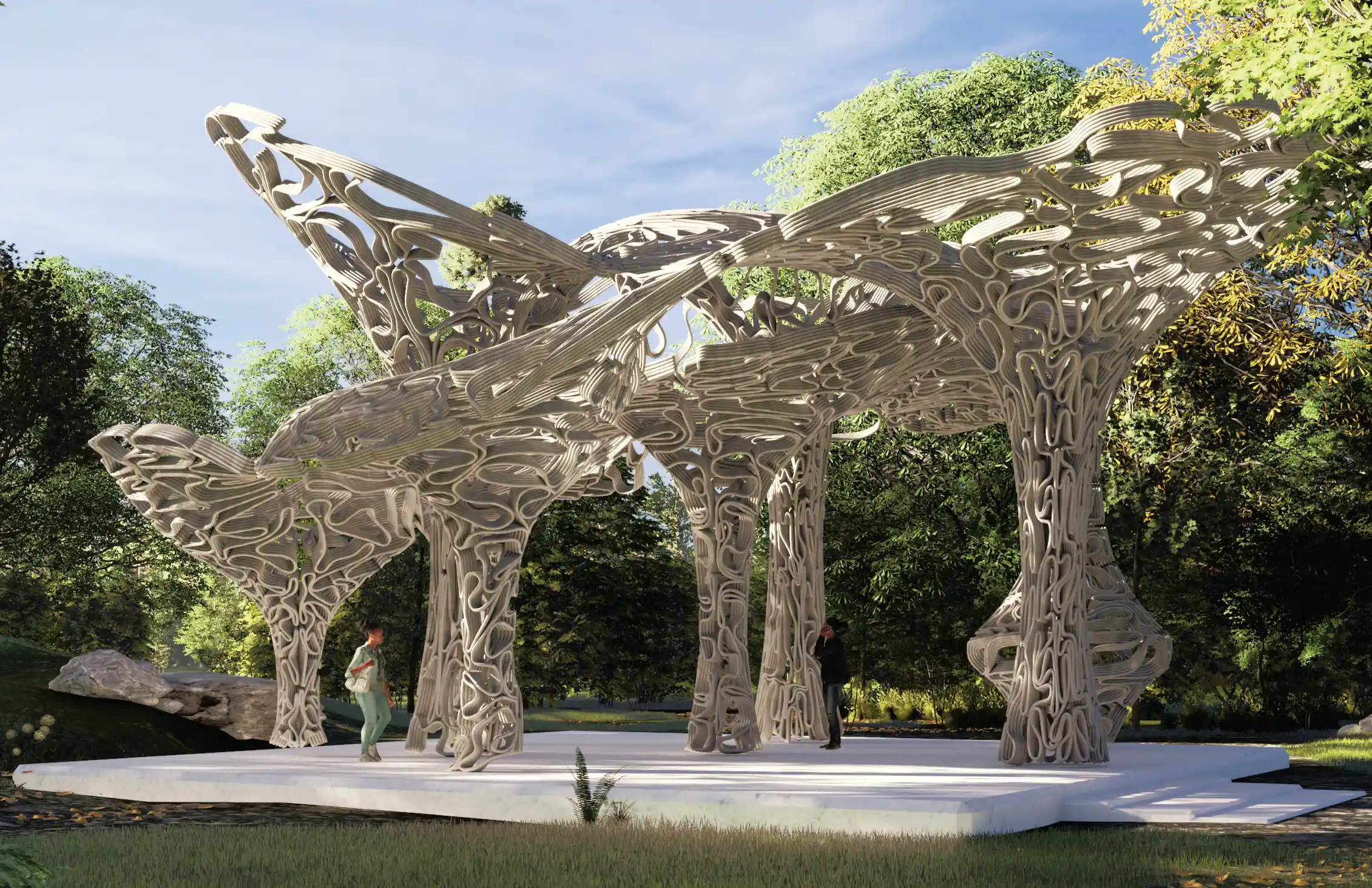










Leave a comment